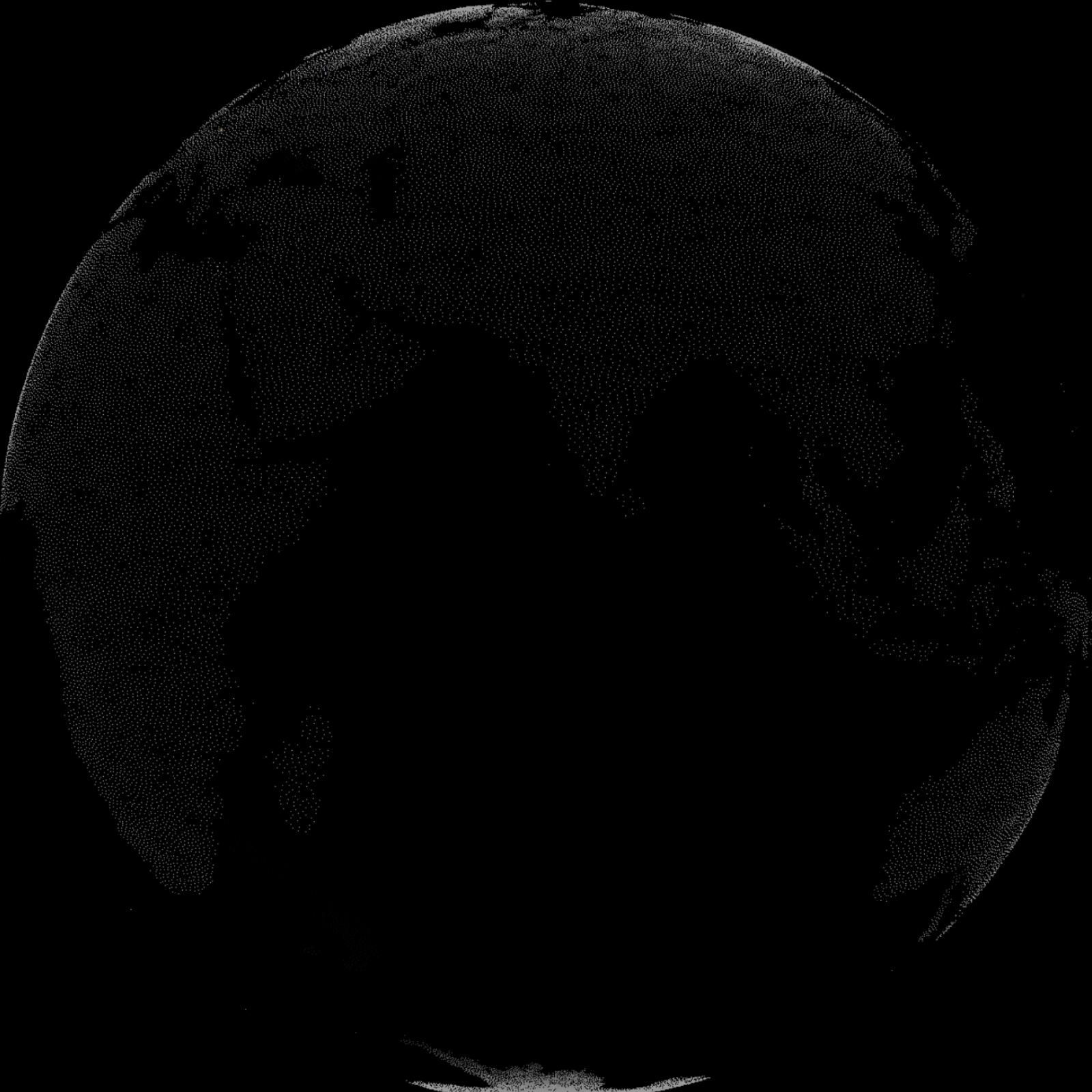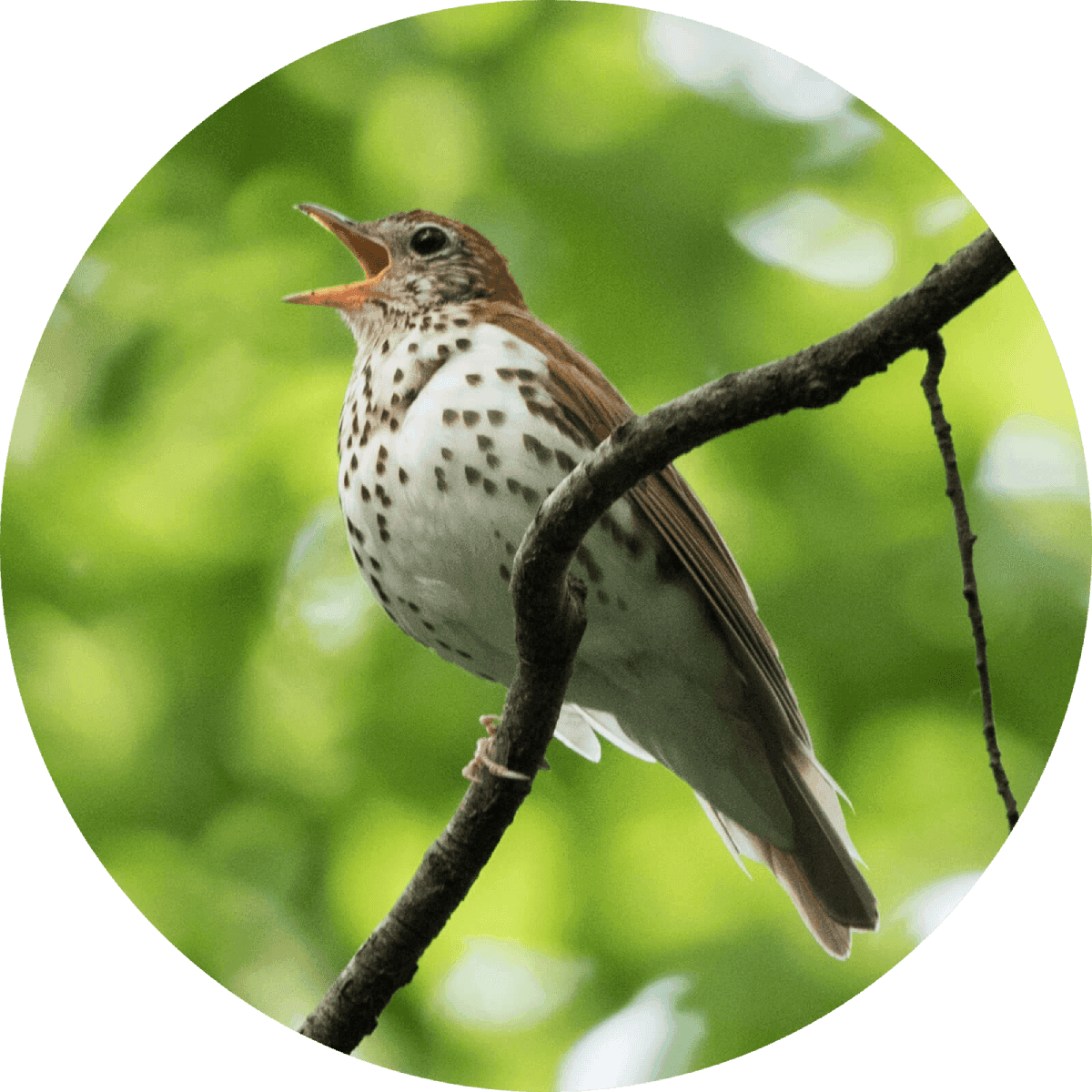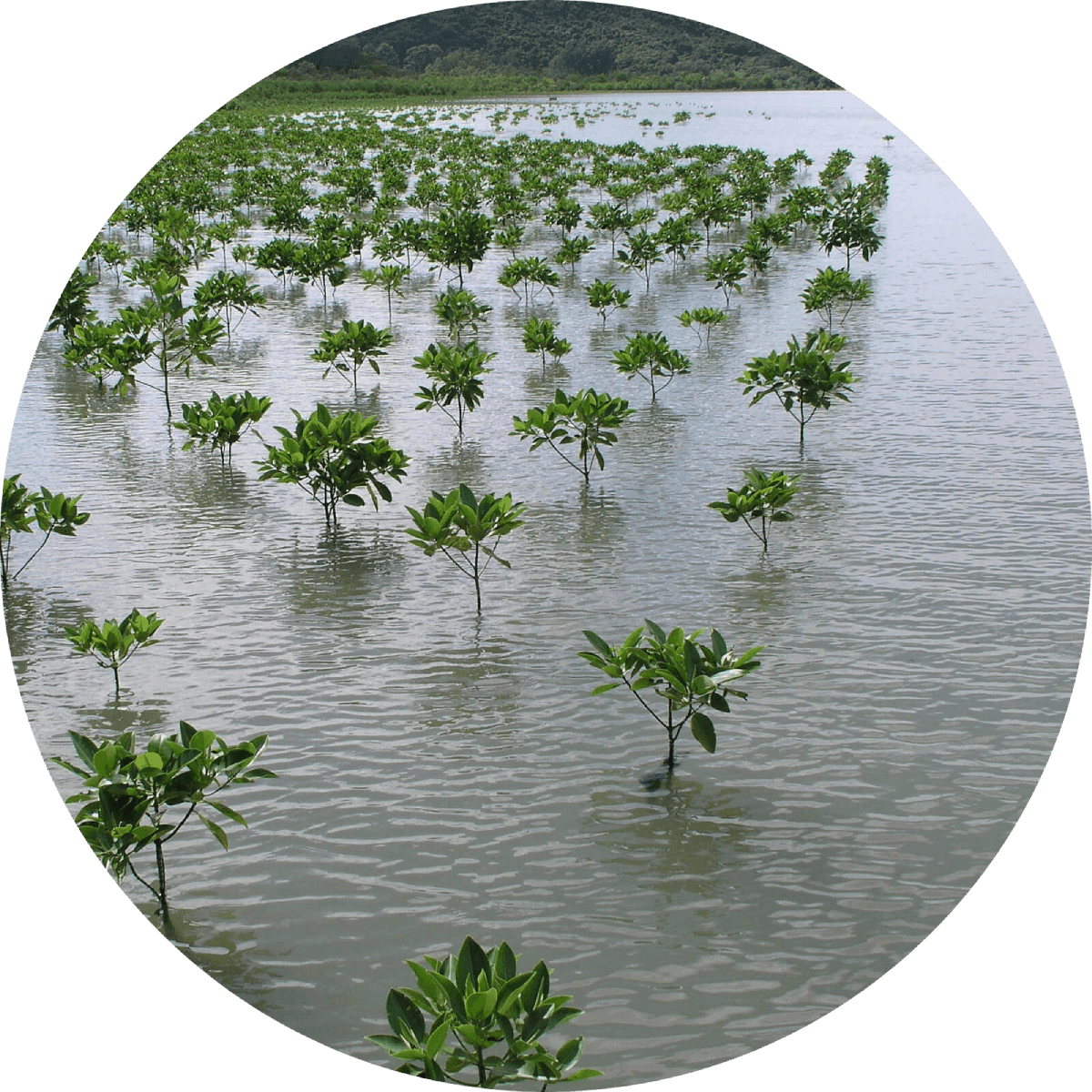Koalas
2023 CE • Southeastern / Eastern Australia
"Koalas live in the eucalyptus forests of southeastern and eastern Australia. When not sleeping, they’re usually eating. They rely on the eucalyptus tree for both habitat and food . . . Koala numbers plummeted in the late 19th and early 20th century from hunting for their fur. Now they face serious threats from habitat loss. Land clearing, logging, and bushfires—especially the devastating 2019-2020 season—have destroyed much of the forest they live in. Koalas need a lot of space—about a hundred trees per animal—a pressing problem as Australia's woodlands continue to shrink." Koalas are considered "one of 10 animals most vulnerable to climate change. Increasing carbon dioxide in the atmosphere is decreasing the nutritional quality of eucalyptus leaves (which is already quite low) and causing longer, more intense droughts and wildfires. In response to drought, koalas are forced to stop napping and come down from the trees to find water, spending precious energy and putting them at a higher risk of predation." Between 2018 and 2021, just three years, the Australian koala population was estimated to have declined by over 30%.
"Koala," National Geographic.
Image: Австралиец, CC BY-SA 3.0, via Wikimedia Commons


Learn about Maya Lin’s fifth and final memorial: a multi-platform science based artwork that presents an ecological history of our world - past, present, and future.

Discover ecological histories and stories of former abundance, loss, and recovery on the map of memory.

Learn how we can reduce our emissions and protect and restore species and habitats – around the world.

See how art can help us rethink the problems we face, and give us hope that each one of us can make a difference.

Help make a global memorial something personal and close to home. Share your stories of the natural world.


